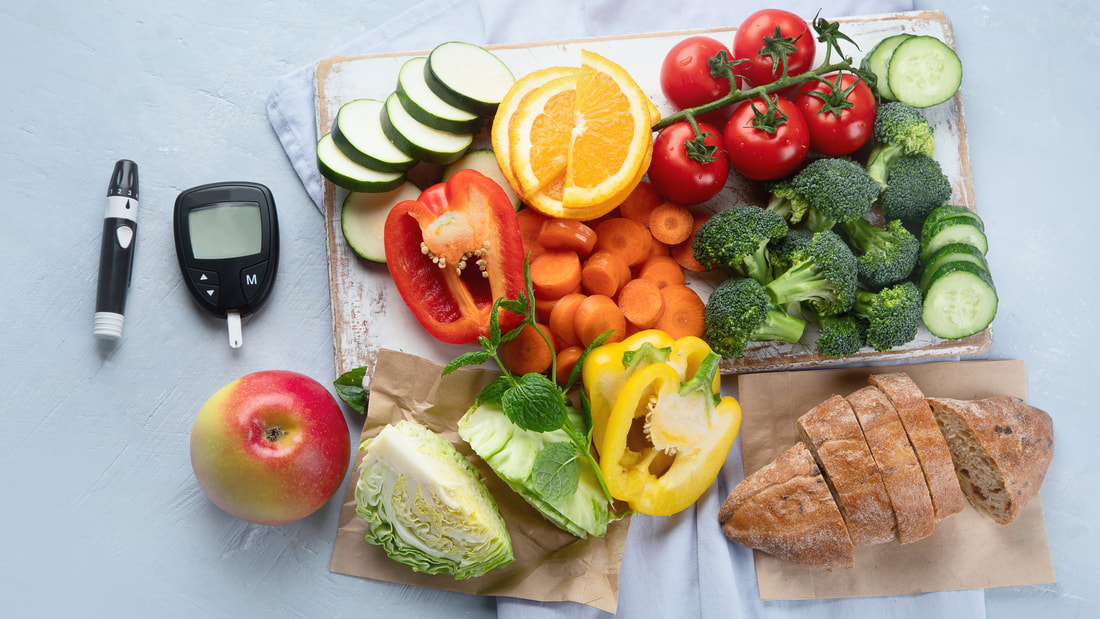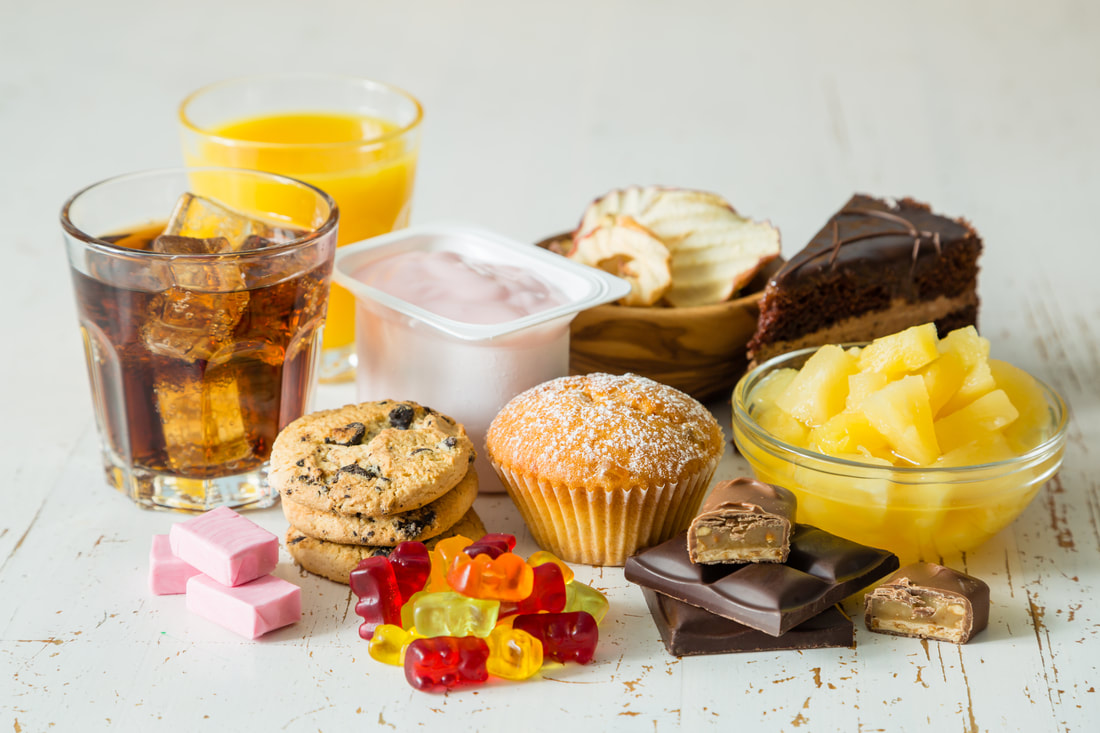|
When you’re feeling low on energy, what do you typically reach for? A cup of coffee to get the rush of caffeine? A piece of candy to quickly spike your sugar levels? Maybe even a sip of a sugary soda? What about a baked potato? Can you spot the odd one out? Surprisingly, potatoes are similar to candy and soda in the sense that they all have a relatively high glycemic index The glycemic index refers to how quickly it takes your digestive system to break down specific carbohydrates into a simple sugar called glucose, which then enters the bloodstream. Foods with a high glycemic index (GI) break down quickly, and foods with a low GI break down slower. Therefore, when high-GI foods are consumed, the speed at which they break down can cause blood sugar levels to spike. The glycemic index of foods is essential to know if you’re monitoring your blood sugar levels. Regardless of your current health condition, a simple understanding of this concept can help you maintain long-lasting healthy habits. Carb Convo Whether it’s candy, soda, or potatoes, carbohydrates are the first thing we consider when discussing the glycemic index. Carbohydrates are one of the three main macronutrients that our bodies need to function. Our bodies prefer to use them for energy because they are the easiest to break down and convert quickly into usable energy. Carbohydrates can be broken down into two categories: simple carbs and complex carbs. When they are more complex, it takes the body longer to break down the glucose into simple sugars. Foods that already contain simple sugars, such as sweets, rice, and white bread, are digested and converted into energy very quickly and therefore have a high glycemic index. Typically, you’ll want to limit or avoid your consumption of these foods if you are at risk of developing or already have diabetes. Many foods that have a high GI contain added sugars. We know these sugary foods aren’t healthy regardless, but this doesn’t mean that all foods with a high GI are bad for you. Benefits of High GI If you are very active and exercise regularly, your body will burn a lot of glucose for energy. Post-workout, you might experience a dramatic decrease in blood sugar levels, which can cause fainting and weakness. It is important that you replenish your energy levels quickly to avoid this. However, there are healthier high-GI foods that you can reach for after your workout than a bar of chocolate. Potatoes are relatively high in glycemic index, contain many valuable nutrients, and are perfect for a quick supply of energy. Rice, store-bought cereals (which usually contain added sugars), sweets and chocolates, and white bread are other examples of high-GI foods. Remember, high-GI foods can serve a beneficial purpose when consumed for the right reasons, but you should limit simple carbs in your overall diet. Let’s Talk Low GI Whole grains, such as quinoa and barley, and starchy vegetables such as sweet potato and squash have a low glycemic index. Since it takes the body a longer time to break them down into simple sugars, glucose is slowly introduced into the bloodstream over a more extended period of time. Therefore, low GI foods will not cause your blood sugar levels to spike, and instead will provide a longer lasting feeling of energy. Eating low glycemic index foods is crucial if you need to regulate your blood sugar levels, as is the case with individuals who have diabetes. However, low GI foods are healthier for you in general, whether you have blood sugar issues or not. If you enjoy eating store-bought cereals for breakfast, try switching them out for a healthier, lower GI alternative such as steel-cut oats or bran. By choosing alternatives with less added sugars, you are not only positively impacting your blood sugar levels, but also reducing your risk of various health conditions. Don’t worry, shifting towards prioritizing low-GI foods in your diet doesn’t mean you have to remove all of the sweets. Although fruits taste sweet, most of them actually have a low GI. Apples, berries, peaches, mango, and citrus fruits such as oranges and grapefruit are low glycemic index foods. Beans and legumes are low-GI foods that are also high in protein. However, be cautious of overly sweet fruits, such as ripe bananas, figs, and grapes, as they are high-GI foods. The next time you go for bananas in the grocery store, pick bananas that are greener because they contain resistant starch that does not spike blood sugar levels. Whether or not you have a health condition that requires your attention on blood sugar levels, applying your knowledge of the glycemic index to your daily life will make many differences. This more balanced approach will create sustainable energy for your body throughout the day rather than inducing infrequent spikes of energy that ultimately drain you. By reducing your consumption of high-GI foods and implementing more low-GI foods into your diet, you will be doing your body many favors.
If you are ready to make changes and improve your diet and your life, then working with a health coach might be the perfect solution for you. During a strategy session, we will discuss your goals and come up with a plan that is tailored specifically for you. If you are ready to take action and create the life you love, click here now to schedule your free call.
0 Comments
Leave a Reply. |
take control of your health.Connect with a board certified coach to help you succeed with health changes. COACHES:
|






